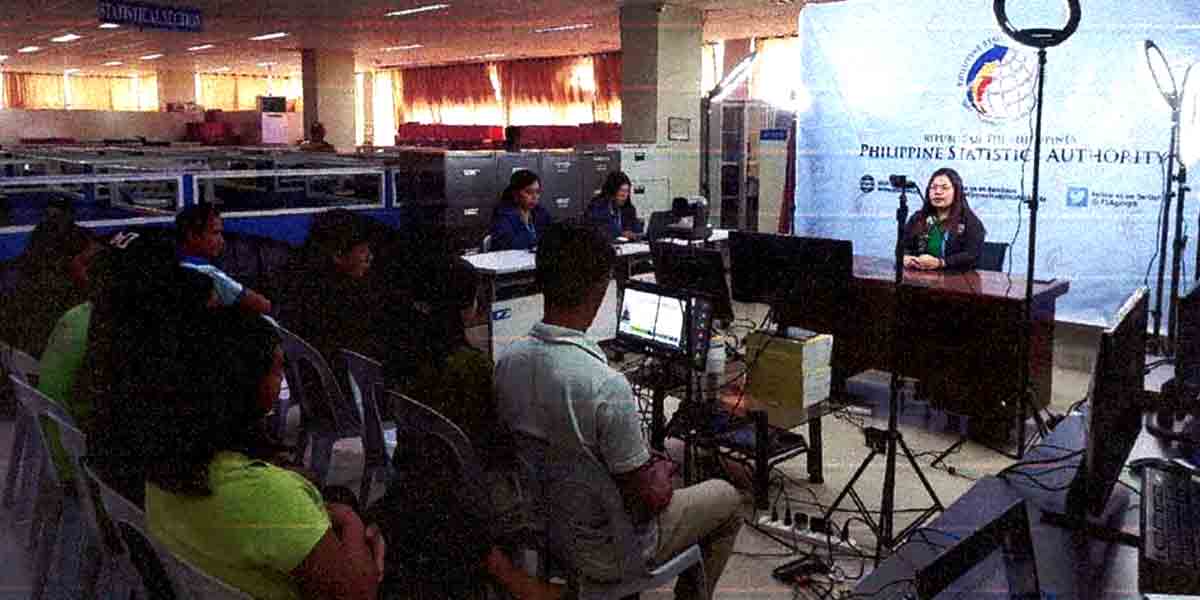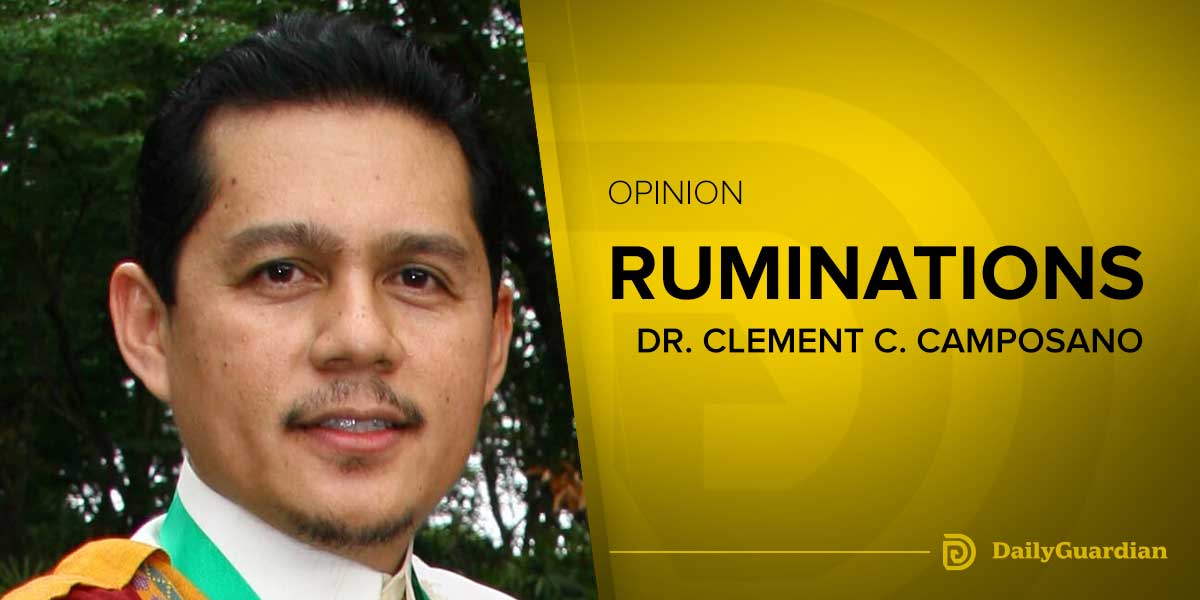 By Alex P. Vidal
By Alex P. Vidal
“A strong economy begins with a strong, well-educated workforce.”
—Bill Owens
I WENT out Monday (June 8) afternoon to experience life in New York City during the much-awaited Phase 1 of “reopening of economy” and my first “activity” was to walk straight to the nearest post office in Elmhurst, Queens to mail an important document to Albany.
There was a long line and we continued to strictly observe the rules on distancing and wearing of a mask in public.
On my way to Roosevelt Avenue, I made a brief stop in front of the Elmhurst Hospital and saw half of the tents built to accommodate a horde of COVID-19 patients in the critical month of March already taken down.
We are still officially in the springtime and summer solstice 2020 in the Northern Hemisphere will start on June 20, but humidity can now be felt here in the east coast.
It was in early May when New York Governor Andrew Cuomo revealed that businesses across the empire state would reopen in four phases. He divided New York into 10 regions and created seven metrics that would determine when a region could begin the process.
New York City has finally entered phase one, while all other regions will be in phase two by the end of this week.
It’s expected that in the Big Apple, between 200,000 and 400,000 people will return to work starting June 8.
-o0o-
Dana Schulz of 6sqft has put together a guide that breaks down what exactly is being monitored to determine reopening, what businesses are allowed to reopen in each phase, and other important info like transportation and testing, to help make the transition a bit easier.
The governor first enacted the New York PAUSE order on March 22.
The first regions to begin reopening did so when it expired on May 15. The seven points that a region had to meet to begin to reopen will be monitored throughout the process to determine if they can proceed to the next phase or if measures need to be tightened.
This is all being tracked daily in the State’s Regional Monitoring Dashboard. There are 10 “regional control rooms,” command centers of sorts where government, academic, and healthcare professionals are monitoring these metrics in real-time. The seven metrics are as follows:
- 14-day decline in hospitalizations OR under 15 new hospitalizations (3-day average)
- 14-day decline in hospitalized deaths OR under 5 new (3-day average)
- New hospitalizations — under 2 per 100,000 residents (3-day rolling average)
- Share of total beds available (threshold of 30%)
- Share of ICU beds available (threshold of 30%)
- 30 per 1,000 residents tested monthly (7-day average of new tests per day)
- 30 contact tracers per 100,000 residents or to meet current infection rate.
-o0o-
Here’s what’s allowed to reopen in each phase:
Phase one:
- Construction, more than 33,000 construction sites became operational; masks were to be provided by the employer and worn within six feet of another worker; and no congregate meetings.
- Agriculture, Forestry, Fishing and Hunting
- Retail Trade (delivery, curbside, and in-store pickup service only)
Employees and purchasers must wear masks; gloves are preferred
Hand sanitizer must be available
For in-store pickup where curbside is not an option: pre-arranged orders only, no browsing, social distancing required
- Manufacturing
- Landscaping
Phase two:
- Offices—Professional services, nonprofit, technology, administrative support
- higher education administration (excluding full campus reopening)
- Real estate—residential property management entities, real estate salespeople/brokers, building inspectors, building appraisers
- Commercial Building Management
- In-store non-essential and essential retail businesses
- Outdoor dining
- Vehicle sales, leases, and rental activities
- Retail rental, repair, and cleaning activities
- Hair salons and barbershops
- Places of Worship with 25-percent occupancy
Phase three:
- Restaurants and food services
- Hotels and accommodations (including amenity spaces and dining)
Phase four:
- Arts and entertainment—Museums, Performance venues, Broadway
- Recreation
- Education
Regardless of phases, beginning June 26, the state will allow outdoor, socially distanced graduations of up to 150 people.
The New York City subway resumed regular service June 8, with the exception of overnight service, as the system will remain closed each day between 1 a.m. and 5 a.m. for nightly disinfection.
Governor Cuomo has announced that the state would be sending more than one million masks and 25,000 gallons and 500,000 2 oz. bottles of sanitizer to the MTA.
Some of what the MTA has put in place for reopening includes: A requirement that all riders and workers wear masks; hand sanitizer dispensers at several stations, which are activated by a foot pedal, floor markings for social distancing on platforms; additional platform controllers, MTA Police, and other station personnel to monitor conditions and assist with crowding.
Subway and bus service remain for essential workers and essential trips.
(The author, who is now based in New York City, used to be the editor of two local dailies in Iloilo)




















